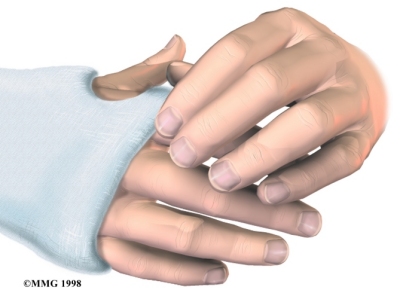Physiotherapy in Canmore for Injury Care

Welcome to One Wellness guide to Cast Care.
Unless you have a waterproof cast, you should keep your cast dry. However, even waterproof casts should be dried out thoroughly after getting them wet. If you don't dry your cast out after getting it wet, the skin underneath stays damp and can become moldy and smelly. Also, don't swim with your cast on unless you have the waterproof kind.
To keep your cast dry in the shower, you can enclose it in a plastic garbage bag. Tape the open end of the bag so that water can't get in. You can also buy a special cast protector.
Casts don't completely harden for about two days. Be especially careful with your cast during this time. Don't rest the full weight of the cast on a hard surface during these first two days. Doing so can dent the cast and can cause pressure sores on the skin under the cast. If the cast involves your foot, don't walk on it for forty-eight hours, even if you have what is known as a walking cast. Walking on a soft cast may cause it to crack or dent.
Keep the casted or splinted limb elevated (propped up) above the level of your heart whenever you're able to do so. This will reduce the swelling and help to keep the cast from becoming too tight.
Avoid too much activity and situations that may re-injure you or damage your cast. Remember your cast is there to help your arm or leg heal. It can't do its job without your cooperation.

 pain
pain

 (403) 679-7179
(403) 679-7179  concierge@one-wellness.ca
concierge@one-wellness.ca 

